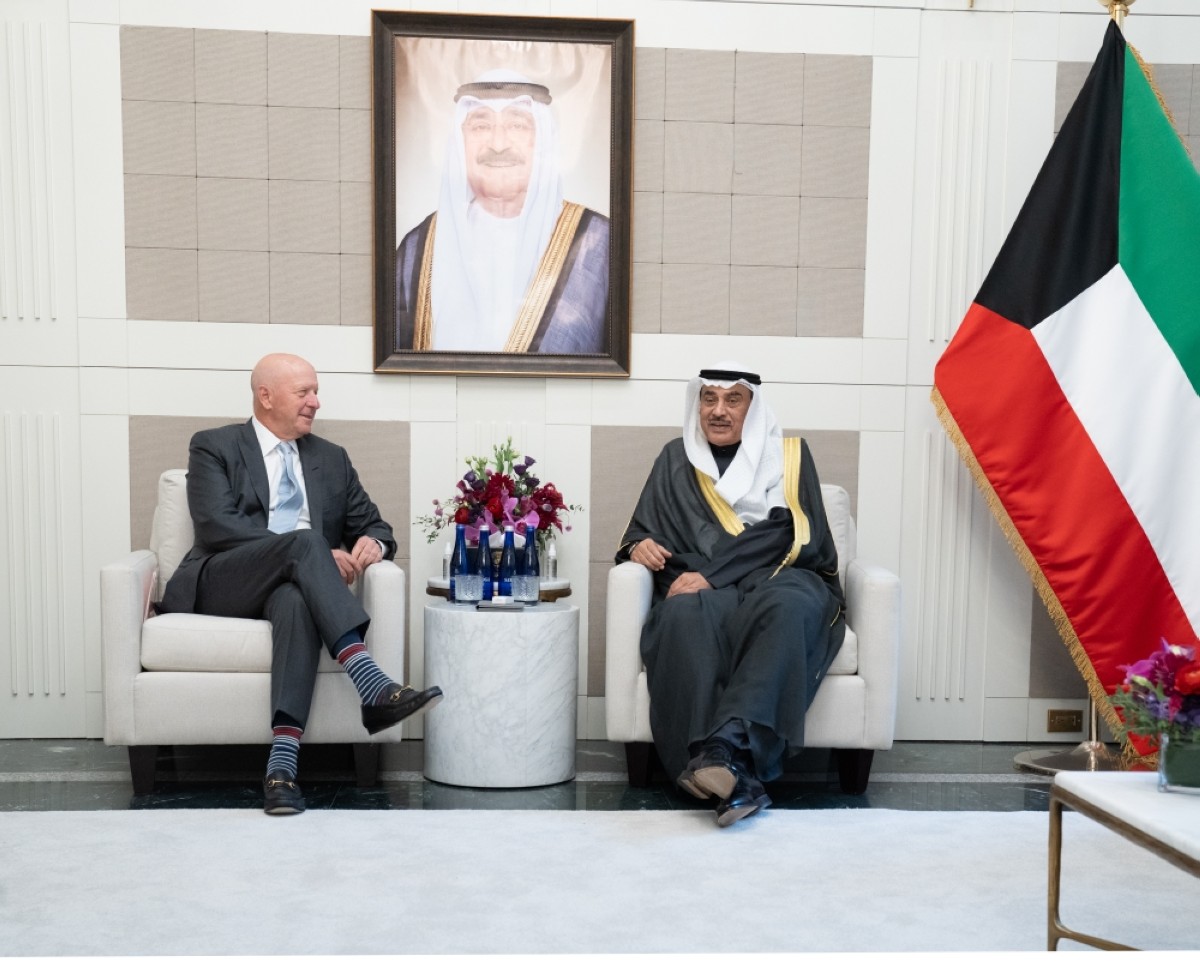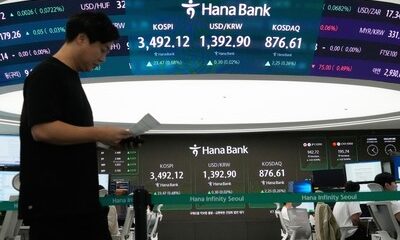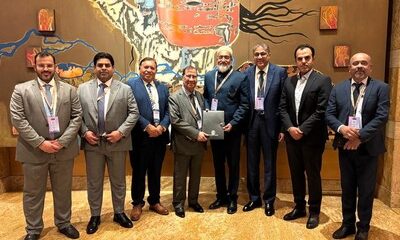Technology has brought about a radical transformation to the media world. The shift from a one-way, mass communication model to a decentralized, interactive and personalized ecosystem has reshaped the entire media landscape. With rapid technological innovations such as artificial intelligence, the transformation is at once all-pervasive and seismic.
As an old-school journalist, I often recall the days when editors placed truth and accuracy above all else. We were expected to gather facts meticulously, weigh their relevance and present them in a clear, structured narrative. Every word, every sentence carried weight. We double-checked names, spellings and figures — because even the smallest error could compromise credibility. The newsroom was a place of discipline, where the pursuit of truth was a craft as much as a duty.
The major disruptor
Today, artificial intelligence has rewritten many of those rules. Traditional journalistic norms are no longer the guiding force. AI has emerged as a major disruptor in the media world, transforming content creation, audience engagement, advertising and the very role of journalism. It automates tasks, creates personalized experiences and challenges long-standing roles, norms and business models.
This stands in sharp contrast to the practices I grew up with. Where once journalism was about rigor and responsibility, modern digital journalism emphasizes interactivity and thrives on immediacy, delivered across the Internet and social media channels. Generative AI, in particular, has supercharged this change. It enables rapid content production and personalized recommendations. Yet it also brings significant concerns: Copyright issues, job displacement, the spread of disinformation and the shrinking financial viability of publishers whose traffic is being siphoned away by AI-driven search platforms.
The media ecosystem today functions much like a living organism. Journalists, editors, advertisers, platforms and audiences are interconnected, constantly influencing each other. AI has altered the balance of this ecosystem — algorithms now shape what readers see, how advertisers reach audiences and even how stories are written. While this creates opportunities for efficiency and reach, it also risks turning the flow of information into an echo chamber where originality and objectivity are overshadowed by speed and volume. Today, delivering news has become a race against time.
Adapt, innovate
Media organizations like Kuwait Times are responding, innovating and developing new strategies in tune with these changes. As the Arabian Gulf’s first English-language daily, Kuwait Times has always adapted to technological shifts — from traditional print to online editions, from text to multimedia storytelling. Today, it is exploring new ways to engage readers directly, build trust through credible reporting, and even consider AI tools to support, rather than replace, its journalists. This balancing act — using innovation without compromising integrity — may well define the future of news.
But the deeper questions remain: Who owns AI-generated content? Can AI truly create or is it merely recycling what already exists? What happens when it is trained on copyrighted work? These questions strike at the very heart of authorship and originality.
I still remember how, in the pre-digital newsroom, an editor had to know the spellings of the world’s capitals by heart and calculate how many characters would fit into different column formats. A copyeditor was indispensable, ensuring clarity, precision and polish before a story went to print. Today, those skills have been made redundant. Technology has erased them — and with the arrival of platforms like ChatGPT, the copyeditor too has all but vanished.
So, is this disruption or revolution? Perhaps it is both. AI promises efficiency and reach, but an over-reliance on it risks diluting creativity. Instead of bold, human storytelling, we may end up with a media ecosystem flooded with algorithm-driven, formulaic content.
For someone who has witnessed the evolution of journalism over decades, the change is awe-inspiring, but also sobering. The modern media ecosystem may appear complex, but at its core it is still about people, platforms and technologies working together to create, distribute and consume information. Like a natural ecosystem, all of its components must remain interdependent.
Although the tools and formats may continue to evolve, the core principles of journalism — truth, objectivity and originality — must not be lost. Machines may process data, but they cannot replicate empathy, judgment or lived experience. That, I believe, will remain the irreplaceable role of the human journalist in an AI-driven media world.


















